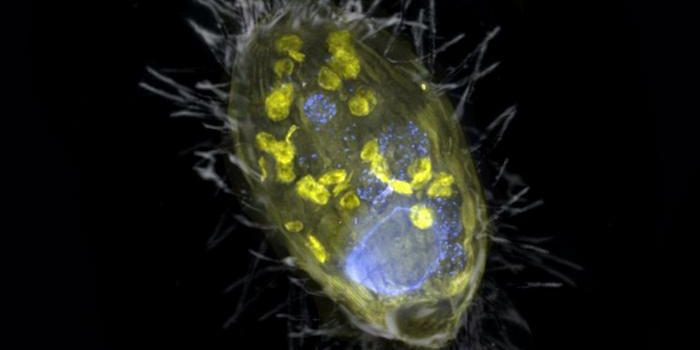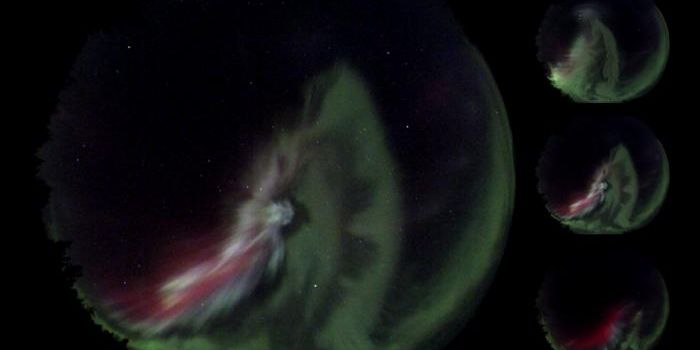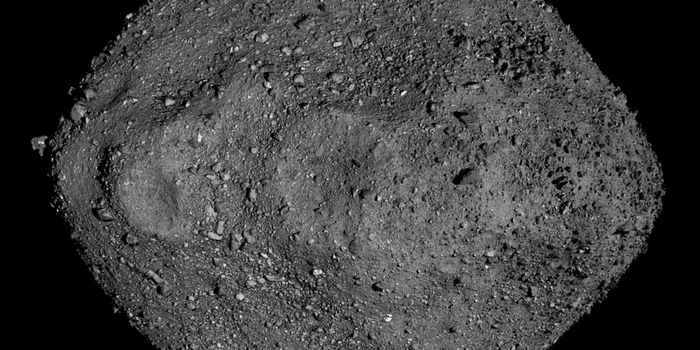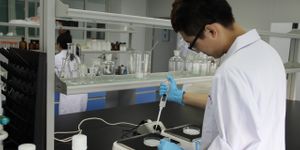Preventing Tooth Decay Using Tooth Gems: A Look into Ancient Mayan Dentistry
According to this dentist in Somerville, MA, tooth gems are making a return in 2022, but they didn’t originate in the with Black hip hop artists and rappers in 90s—instead, they came from ancient Mayan civilizations.
While scientists have known about the existence of these inlaid gems for some time, it isn’t well known how the gems adhered to the teeth. That’s why Gloria Hernández-Bolio, a biochemist at the Center for Research and Advanced Studies of the National Polytechnic Institute in Mexico, and her team decided to investigate the organic components of some of the sealants used in the ancient teeth.
The research was published in the Journal of Archaeological Science: Reports on April 26.
The gems were inserted into teeth by drilling a hole in the enamel and adhering the gem to the tooth. Remarkably, the sealants lasted a lifetime and have been preserved beyond death. The researchers analyzed eight preserved samples from three Mayan archaeological sites: the Copán Valley in Honduras, Holmul in Guatemala, and Baking Pot in Belize.
The adherents beneath the gems were analyzed using Fourier-Transform Infrared Spectroscopy (FITR) and Gas-Chromatography Mass-Spectrometry (GC-MS) to identify the types of organic molecules present. The functional groups and structures of the compounds gave researchers insight into what source materials the Mayans might have used.
Much of the data pointed to the type of resin found in pine trees, which has been previously found to prevent tooth decay. Two of the teeth showed evidence of the compound sclareolide, which is found in saliva plants and has antibacterial and antifungal properties. Additionally, the teeth from the outer regions of the Copán Valley showed evidence of essential oils from mint plants, which have been shown to have potential anti-inflammatory effects. These oils were not found in the other teeth, possibly indicating that the types of sealants varied by region.
These findings would help to explain the incredible resilience of the bonds, and possibly how the sealants protected the teeth of ancient Mayans from decay. The researchers say that their findings are a testament to the sophistication of Mayan dental practices and may even provide insight into modern dental techniques going forward.
Sources: Journal of Archaeological Science: Reports, Science News








